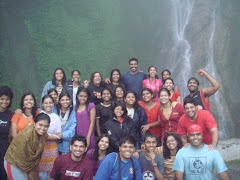Leh is the the largest town of Ladakh with an area of 45110 Sq Km. The district is bounded by Pakistan occupied Kashmir in the West, China in the north and eastern part, and Lahul Spiti of Himachal Pradesh in South East.
For a long time Leh remained the capital of the Rajas of Ladakh. It lies at an altitude of 10,800 ft above sea level. Leh district comprises of Leh town and 112 inhabited villages
Leh has quite a few interesting places on offer. The main attractions of this area include the captivating
Leh Monastery and Gompa - The central area of Ladakh has the greatest concentration of major Buddhist monasteries or gompas. Of the twelve situated on or near the
Spituk Monastery - The gompa stands prominently on the top of a hillock, 8 Kms. from Leh, and commands a panaoramic view of the
Shanti Stupa - Shanti Stupa (means 'World Peace' in Japanese) was built by a Japanese who harboured the ambition of spreading Buddhism across the world, in 1985 with aid from the Japanese Government. It is located at Changspa, on the hilltop, and was inaugurated by Dalai Lama in 1985.
Namgyal Tsemo Gompa - The Namgyal Tsemo Gompa was built in 1430 by King Tashi Namgyal on Namgyal Tsemo peak overlooking the town. The monastery contains a three-story high solid gold idol of Maitrieya Buddha (future Buddha also called laughing buddha) and a one-storied statue of Avaloketesvara and Manjushri along with ancient manuscripts and frescoes. The associated temples here remain intact, but they are kept locked except during the morning and evening hours when a monk toils up the hills from Sankar Gompa to attend to the butter - lamps in front of the images.
Shey Gompa - 15 Kms upstream from Le, . the palace is belived to have been the seat of power of the pre-Tibetan kings. A 7.5 metre high copper statue of Buddha, plated with gold, and the largest of its kind, is installed in the palace.

No comments:
Post a Comment